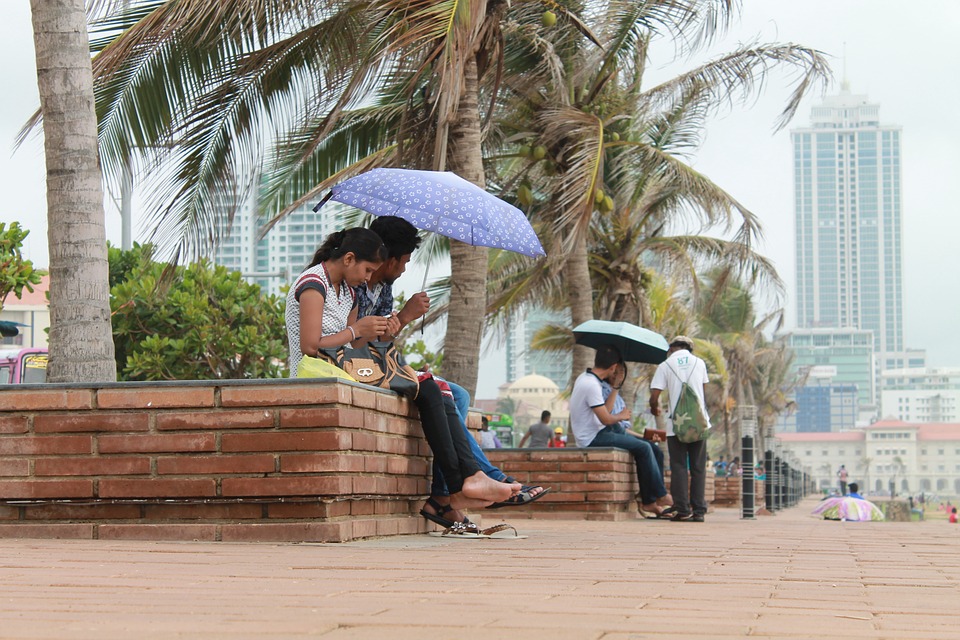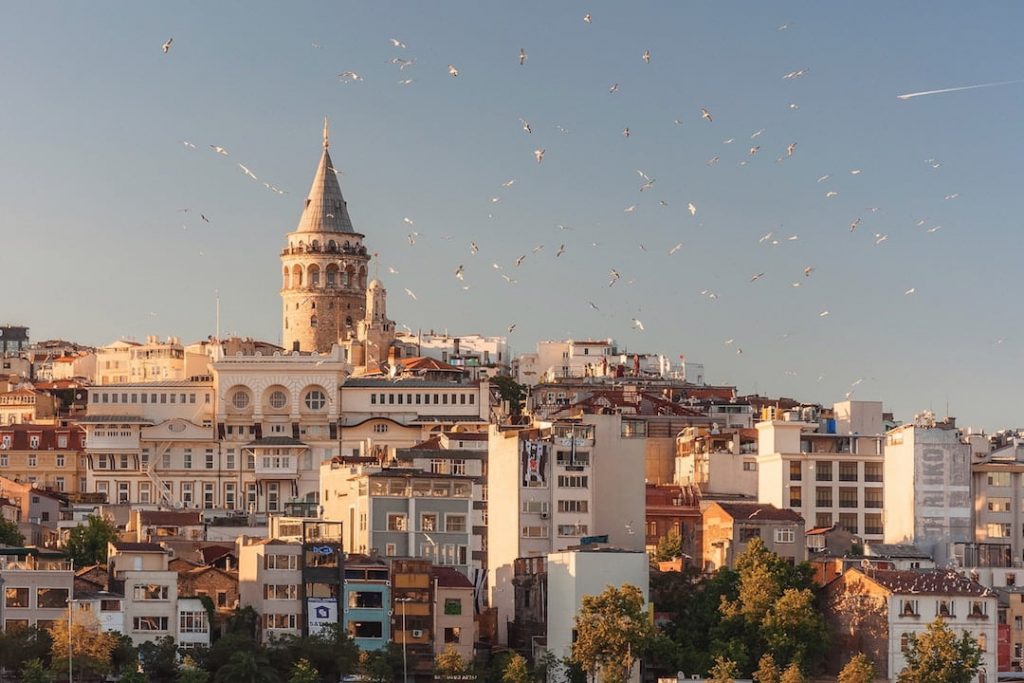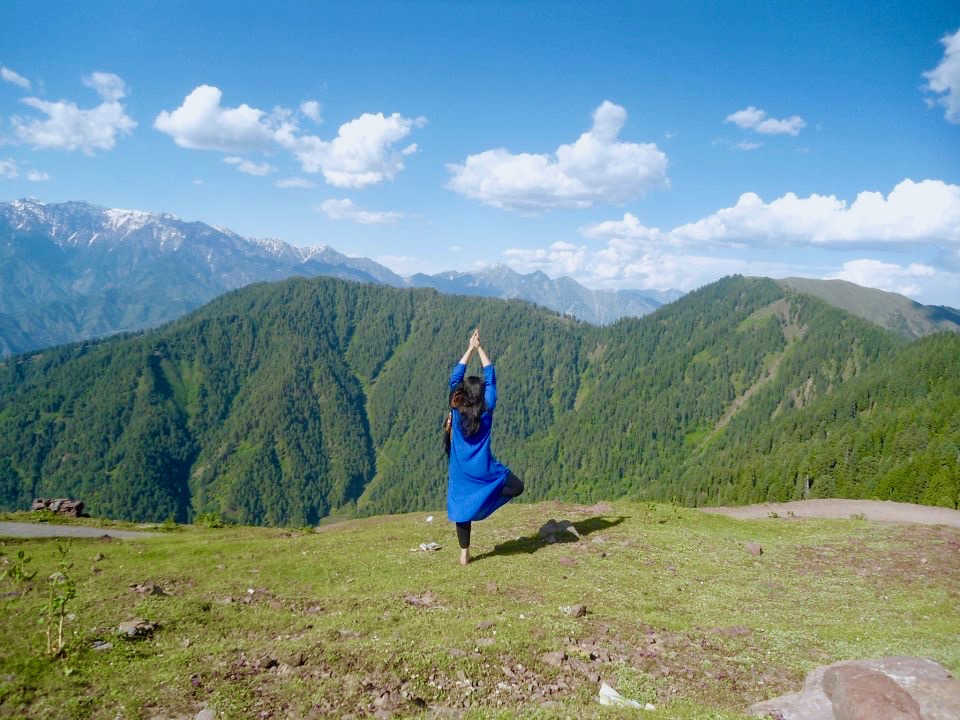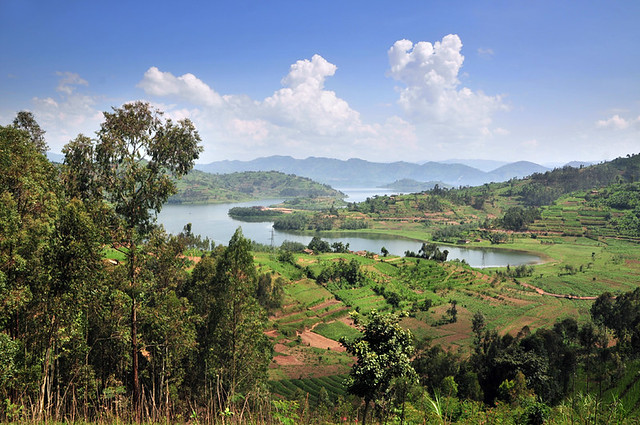Following years of unrest and conflict, Sri Lanka‘s civil war came to an end in 2009. Thanks to stretches of coast, stunning nature, delicious food, and unique experiences, Sri Lanka went on to become a top destination for travel. The country was named as Lonely Planet’s top place to visit for 2019.
Sadly, in April of 2019, the country was hit by a series of devastating terrorist attacks and foreign offices around the world issued warnings against travelling there. As of last week, the United Kingdom’s Foreign Office downgraded restrictions to Sri Lanka, and travel companies are hoping to lure tourists back by slashing prices. Many people visit destinations that have recovered or are recovering, but post-conflict, when does a country regain its footing as a vacation spot?

Here are some positive indicators that can help you to determine whether a destination is priming itself for tourism post-conflict:
- Foreign offices are revising travel advisories to the country.
- Travel publications and media are producing stories about the country and generating buzz.
- The country’s government is taking an active role in boosting tourism by changing visa policies and by partnering with publications, travel companies and influencers.
- Influencers are visiting the country, producing content and sharing positive experiences on social media.
- Airlines are offering more flight routes.
Should you travel to a country post-conflict?
Although we live in a world where political turmoil and natural disasters are a reality, travel has served as a way for us to broaden our horizons, understand different cultures and experience the unknown. In recovered countries that were once vulnerable to conflict and instability, tourism has had a positive impact: Turkey and Tunisia are great examples of countries that globetrotters love visiting.
For travellers desiring destinations off the beaten path, visiting countries post-conflict, where tourism is beginning to burgeon, is a chance to discover more culture, history, heritage and find new experiences. While this allows for an individual to grow and learn, it also creates economic opportunities for the country.

Let’s consider Uzbekistan. Following its emergence from a deep political freeze, the country is looking to the future by ushering in a new era by welcoming people from all over the world. In January of 2019, the country began offering visa-free travel for up to 30 days to a number of countries. This is happening in many other places too.
For example, take Pakistan. For years, the media has shared soundbites about how volatile the country’s north is, but there are two sides to every story. In recent months, the country has had an influx of influencers from around the globe visit northern regions – all of whom have fallen in love with Pakistan and are sharing their experience of visiting. As a result of this global interest, the Pakistani government relaxed their visa process and have made efforts to boost tourism.
How to travel safely
All travel has risks, things can go wrong anywhere in the world, even in the safest of countries. Being cautious is smart, but don’t let fear hold you back!
Some countries get a reputation for being dangerous when that’s not always the case, and they aren’t able to dispel the image being painted of them because of limited access to resources such as money, public relations and infrastructure for international campaigns. It’s usually for socio-economic reasons certain countries get more hype than others.
If you went to the Canadian government’s travel advisories page you would be surprised at some of the countries on the list. Countries where travellers are advised to “exercise a high degree of caution” include Indonesia, India, Nepal, Peru, Philippines and even the United Kingdom!
To really put things in perspective, the USA includes a general worldwide caution in their travel advice: “As terrorist attacks, political violence (including demonstrations), criminal activities and other security incidents often take place without any warning, U.S. citizens are strongly encouraged to maintain a high level of vigilance and practice good situational awareness when travelling abroad.”
Having said that, it’s important to keep the following in mind!
- Form your own opinions! You have to decide what you’re comfortable with.
- Check your foreign office for travel advisories.
- Do your research and talk to people that have already visited your destination of interest! While things may be turbulent in one part of the country, it may not apply across the board.
- Share your itinerary with friends and family so they can follow your journey.
- If you really want to travel to a destination, but feel nervous about it, visiting on a multi-day group tour is a great option!
- Be street smart! Be mindful of the customs, dress code and follow in the lead of the locals.
- Do not partake in dark tourism or travel to active war zones.

What kind of traveller should visit a country post-conflict?
If you love to explore countries off the beaten path and have an adventurous spirit, then the destinations below have plenty to offer you. You’ll expand your historical knowledge, cultural understanding, and find wonderful experiences that enrich your life in more ways than one. Along with building on your experience, if you travel responsibly and mindfully, you can make a positive impact in your own way.
- Research your tour operator
- Support local restaurants and businesses
- Pay national park entrance fees to ensure your visit supports conservation
- Stay in local guesthouses and B&Bs
- Be green and aware of your waste and water use
- Take tours with local guides
- Learn about the local culture before-hand

Ready to explore the rest of the world?
If you’re looking for a new adventure, the following destinations will deliver big on an unforgettable experience.
Tbilisi, Georgia
Ten years ago, Georgia’s capital was a different place, today, it’s one of the most buzz-worthy destinations. With valleys and vineyards overlooking a metropolis filled with historic neighbourhoods, ancient churches and the cosmopolitan, the hype over Tbilisi is more than understandable.
Medellín, Colombia
While certain parts of Colombia remained troubled, tourism in Medellín continues to flourish and has for a while. Dubbed the City of Eternal Spring, this craggy destination is perfect for people watching over coffee, letting loose at a party and soaking up beautiful views.
Rwanda
There are only a few places on earth where you can gaze at mountain gorillas and Rwanda happens to be one of them. The efforts to promote tourism to the Land of a Thousand Hills over the last decade and a half have proved fruitful. From safaris to epic mountain scenery, use the country’s chic capital of Kigali as a basecamp to explore it all.

Pakistan
A lack of security and political instability have kept visitors from reaping the rewards of Pakistan’s incredible mountain scenery and cultural diversity. The country is far from perfect but things are moving in a positive direction, with new visa policies and an army of influencers singing its praises, Pakistan is finally able to share its many riches with the world.
Palestinian territories
According to a United Nations World Tourism Organization (UNWTO) report for 2019, Palestinian territories were one of the fastest growing destinations for the year. With vibrant places like Nablus and Ramallah to explore, incredibly unique attractions and culture, visitors can spend the days walking through historical attractions and spending the evenings listening to the stories of locals over a pot of freshly brewed tea.
Go on a tour to Palestinian territories
Jordan
While tourism to most of the Middle East is in decline, Jordan remains a place for visitors to still explore some of the charm and history of this part of the world. Explore the ancient city of Petra, the desert landscapes of Wadi Rum, the magic of the Dead Sea, and revel in the souks and cafés of Amman.


